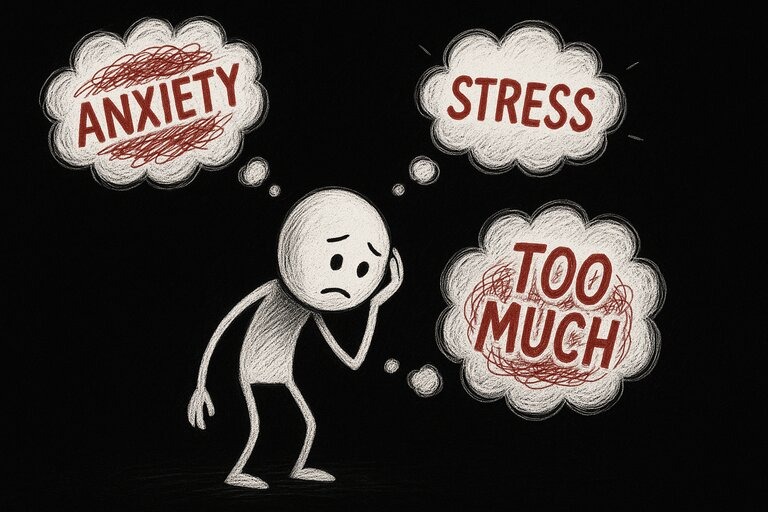
Understanding Mindfulness in Communication
When it comes to communicating with children, mindfulness is more than just a trendy buzzword; it's a vital tool that shapes how kids perceive feedback and learn. As busy parents, active seniors, and wellness lovers in Sacramento, you know that the way we model mindfulness has a lasting influence.
From reinforcing boundaries to fostering compassion, our communication sets the stage for how children engage with the world.
A recent study found that children who perceive their teachers as mindful exhibit greater development in mindfulness and empathy. This highlights an undeniable truth: you don’t have to be a seasoned meditation teacher to positively shape a child's emotional landscape.
The Unspoken Power of Language
Language carries a wealth of implications and emotions that can either uplift or undermine a child's self-esteem. When we approach our dialogues with a calm, clear, and kind demeanor, we’re not just conveying words; we’re imparting feelings of safety and support.
This is especially important because children are highly perceptive—they easily pick up on vibes, even when we’re not being overtly critical.
Crafting a mindful approach means consciously developing phrases that are reassuring, encouraging, and constructive. This is what we refer to as the "Mindful Language Cheat Sheet," which includes go-to phrases that can help parents communicate effectively while modeling mindfulness.
Implementing Feedback Wisely
Giving feedback to children can be challenging, as we want to guide their behavior without discouraging their spirit. It’s crucial to remember that there’s an art to offering feedback.
Children need guidance to navigate their world, yet it’s our responsibility to ensure they feel supported and understood even when we need to correct them.
A wise feedback approach—one that fosters an open dialogue—allows children to learn from their mistakes. Phrasing your observations thoughtfully can help them feel empowered rather than criticized.
Practical Mindful Communication Tips
Effective communication isn’t just about what we say, but how we say it. Here are several practical tips to ensure your communications resonate:
Mindful Listening: Practice active listening. Acknowledge your child's feelings before offering feedback. This shows them they are heard.
Clear and Kind Language: Use direct language that is also compassionate. Instead of saying, "You did this wrong," try, "Let's explore a different way to approach this together."
Model Emotional Regulation: Demonstrate calmness in challenging situations. When children see you handle stress mindfully, they learn coping mechanisms.
Connecting Mindfulness to Everyday Life
Incorporating mindfulness into conversations with your children doesn’t have to seem daunting. Small, daily practices can create a profound impact.
For instance, a mindful moment to breathe together before tackling homework or discussing emotions can help set a positive tone. Beyond just communication, these practices can reinforce a culture of empathy and compassion within your family.
Exploring the Bigger Picture with Mindfulness
Mindful communication goes beyond the individual and impacts the community at large. By nurturing mindful children, we contribute to a generation that values emotional intelligence and connection, fostering a supportive environment in schools and community settings.
Sacramento residents can take pride in knowing that each mindful interaction contributes to a healthier, more connected community.
Embracing Action: Let's Cultivate Mindfulness Together
As advocates for mental wellness, we can harness the power of mindfulness in our everyday communications with children.
By embracing these strategies, we guide our kids not only in communication but in developing values that promote kindness, empathy, and resilience. Encourage others to join this journey—determine to practice mindful dialogue in your home and community.
It’s essential for us as parents, educators, and community members to inspire mindfulness. Reach out to your local wellness organizations, participate in mindfulness workshops, or simply share your mindful language cheat sheet with fellow parents.
Together, we can create a ripple effect that enhances the emotional well-being of future generations, fostering a culture of compassionate communication.
 Add Row
Add Row  Add
Add 





 Add Row
Add Row  Add
Add
Write A Comment